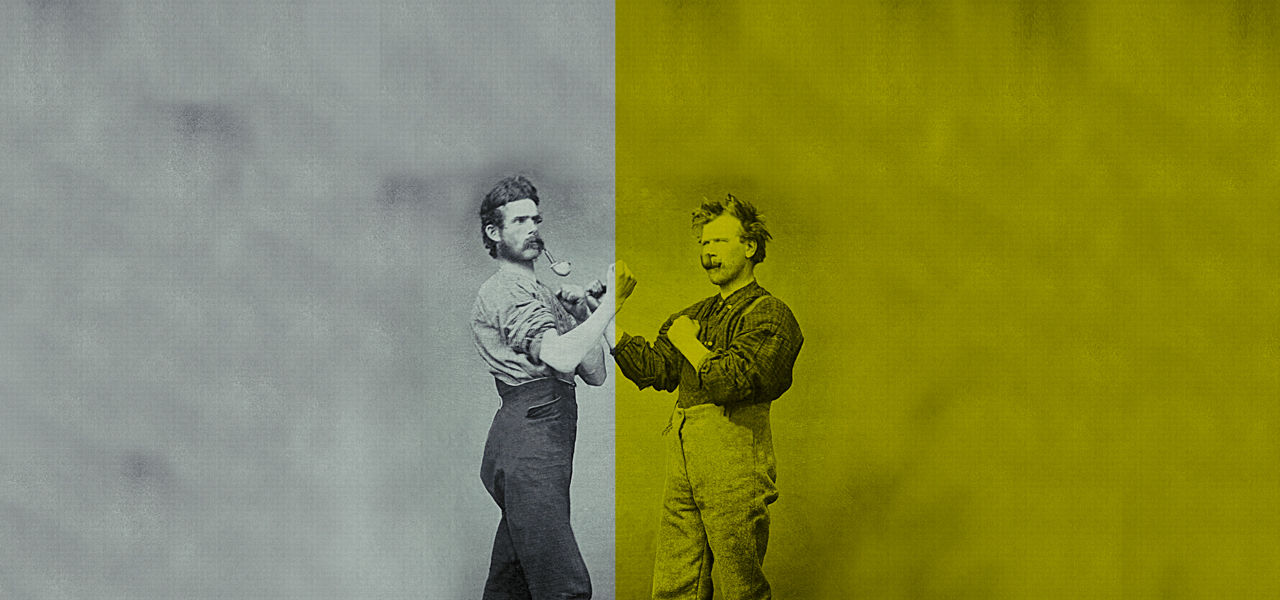
Impact of Radio
In 1917, an engineer by the name of Frank Conrad began experimenting with radio. Though he only broadcasted music in Pittsburgh, his broadcasts caught on and local department stores sold radio receivers. His bosses at Westinghouse Electric Company saw potential in the new media an petitioned the government for the first ever commercial broadcasting license in October 1920. By November they we broadcasting the presidential election from the top of the Westinghouse Electric Company’s roof. That broadcast in November may not have been the first broadcast ever, but it would get the ball rolling to create the industry of the cent

Frank Conrad

In constant competition with one another for listeners, radio stations diversified their programs. In July of 1921, RCA broadcasted a live fight between Jack Dempsey against Frenchman George Charpentier. Heard across the east coast, people could experience the fight without being in the stadium. But radios needed something more constant than a one in a while fight to broadcast to fans, the obvious choice was baseball.
On August 5, 1921, KDKA broadcasted baseball for the first time on the airwaves. Harold Arlin, their main broadcaster, sat behind the home plate,commenting on the game and the plays. “Nobody told me I had to talk between pitches…Sometimes the transmitter didn't work. Often the crowd noise would drown us out,” said Arlin. The “noise” obviously didn’t drown out the game, which attracted more people to radio then ever before. Play by play people could follow a sports game. The very next day, Arlin did another first play by play as he broadcasted the Davis Cup tennis match between Australia and Great Britain. By the end of 1921 the radio power house Westinghouse had broadcast the World Series across the country between three radio stations, and a college football game. Radio had changed the world of sports for America.

Harold W. Arlin anounced the first baseball game ever broadcasted on radio, describing the Pirates' 8-5 victory over the Phillies
It was common that shops would blast the local sports game on side walk radios. People passing by could catch the latest play as they walked through the town. It was considered a public service and so the Federal Government was hesitant to regulate it. The problem was that by 1926 the air waves became so over crowded with radio stations over laying one another, government had to set up the Federal Radio Commission. The Radio Act of 1927 allowed the government to regulate distribution, and location of the air waves.
Sources
Historical Marker. ExplorePAHistory.com. Historical Marker, 2011. Web. 02 Feb. 2016.
Sullivan., John, Professor. "Radio in the 1920s." Chicago Radio Show 1924. The University of Virginia, n.d. Web. 03 Feb. 2016.